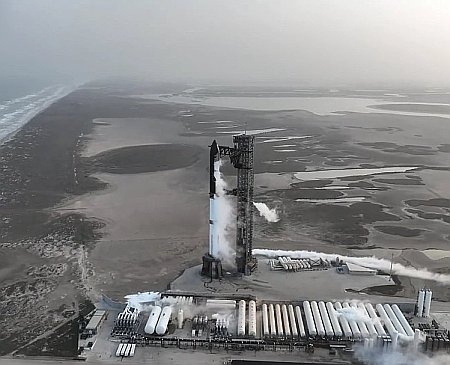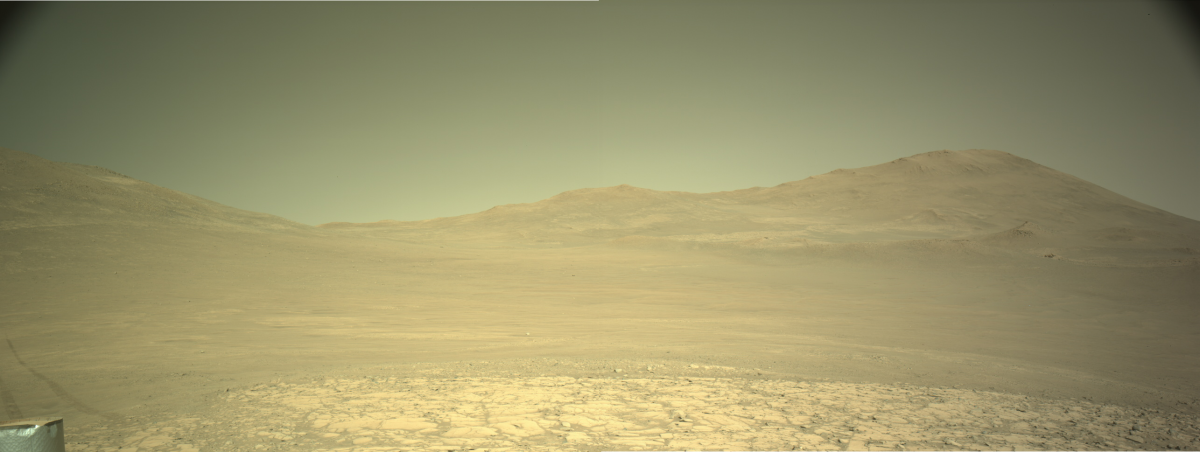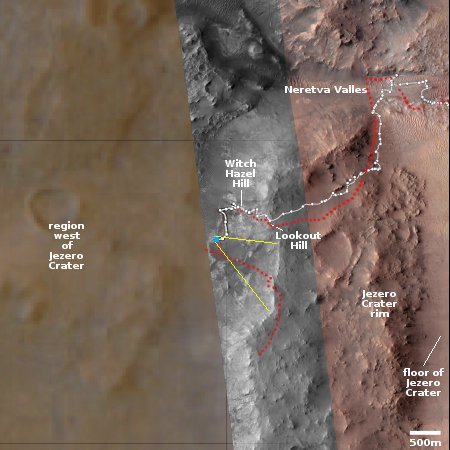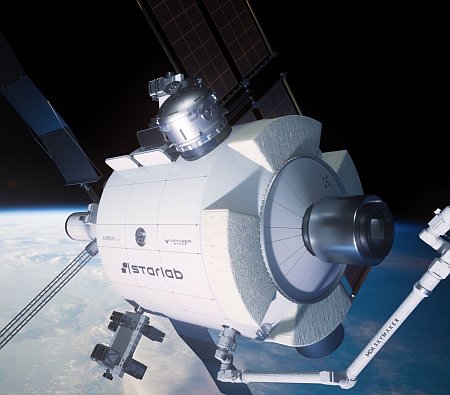Pentagon official blasts ULA’s slow Vulcan launch pace to Congress
In written testimony to Congress submitted on May 14, 2025, the acting assistant secretary of the Air Force for Space Acquisition and Integration, Major General Stephen Purdy, blasted ULA’s very slow effort to get its new Vulcan rocket operational, causing launch delays for four different military payloads.
“The ULA Vulcan program has performed unsatisfactorily this past year,” Purdy said in written testimony during a May 14 hearing before the House Armed Services Committee’s Subcommittee on Strategic Forces. This portion of his testimony did not come up during the hearing, and it has not been reported publicly to date. “Major issues with the Vulcan have overshadowed its successful certification resulting in delays to the launch of four national security missions,” Purdy wrote. “Despite the retirement of highly successful Atlas and Delta launch vehicles, the transition to Vulcan has been slow and continues to impact the completion of Space Force mission objectives.”
The full written testimony [pdf] is worth reading, because Purdy outlines in great detail the Pentagon’s now full acceptance of the capitalism model. It appears to be trying in all cases to streamline and simplify its contracting system so as to more quickly issue contracts to startups, which were not interested previously in working with the military because they could not afford the long delays between proposal acceptance and the first payments.
In the last decade it appears this process is having some success, resulting for example in the space field the launch of multiple hypersonic tests by a variety of rocket startups. Purdy’s written testimony outlines numerous other examples.
In written testimony to Congress submitted on May 14, 2025, the acting assistant secretary of the Air Force for Space Acquisition and Integration, Major General Stephen Purdy, blasted ULA’s very slow effort to get its new Vulcan rocket operational, causing launch delays for four different military payloads.
“The ULA Vulcan program has performed unsatisfactorily this past year,” Purdy said in written testimony during a May 14 hearing before the House Armed Services Committee’s Subcommittee on Strategic Forces. This portion of his testimony did not come up during the hearing, and it has not been reported publicly to date. “Major issues with the Vulcan have overshadowed its successful certification resulting in delays to the launch of four national security missions,” Purdy wrote. “Despite the retirement of highly successful Atlas and Delta launch vehicles, the transition to Vulcan has been slow and continues to impact the completion of Space Force mission objectives.”
The full written testimony [pdf] is worth reading, because Purdy outlines in great detail the Pentagon’s now full acceptance of the capitalism model. It appears to be trying in all cases to streamline and simplify its contracting system so as to more quickly issue contracts to startups, which were not interested previously in working with the military because they could not afford the long delays between proposal acceptance and the first payments.
In the last decade it appears this process is having some success, resulting for example in the space field the launch of multiple hypersonic tests by a variety of rocket startups. Purdy’s written testimony outlines numerous other examples.














